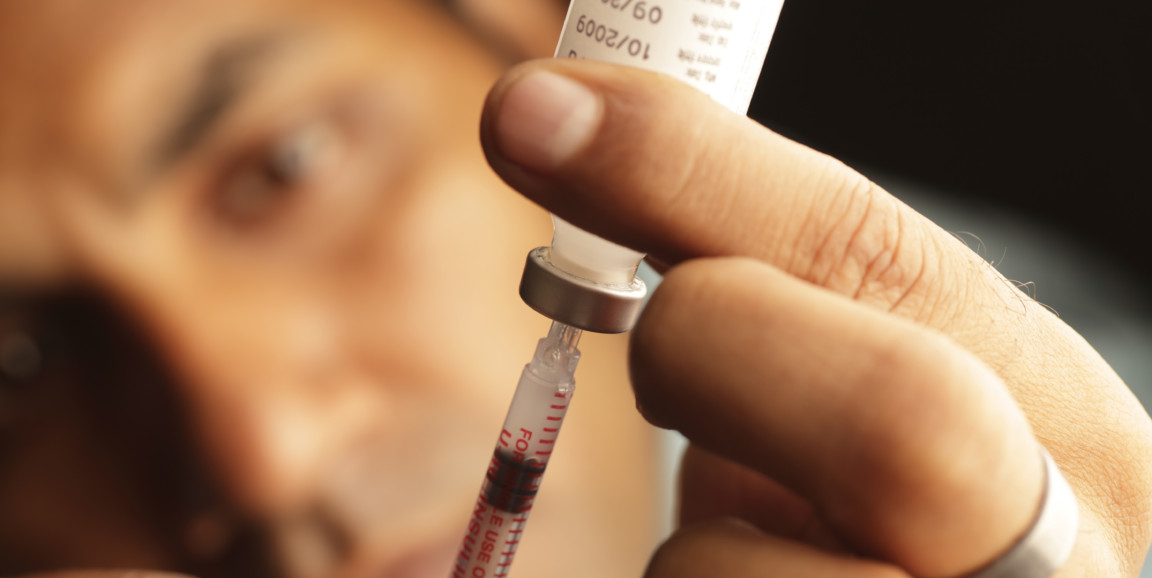If you’re a diabetic in parts of Africa or Asia, getting access to life-saving insulin and then being able to afford it is already difficult.
Now, a new study led by Stanford Health Policy’s Sanjay Basu, MD, PhD, indicates the amount of insulin needed to effectively treat Type 2 diabetes will rise by more than 20 percent worldwide over the next 12 years.
But without major improvements in cost and access, around half of the 79 million adults with type 2 diabetes won’t get the drug, particularly in Africa and Asia.
That’s nearly 40 million people.
“It’s frustrating that a highly effective drug that was invented decades ago will be out of reach to millions,” Basu told me.
Insulin is essential for all people with Type 1 diabetes and some people with Type 2 diabetes to prevent complications such as blindness, amputation, kidney failure and stroke. As global rates of Type 2 diabetes soar and diabetics live longer, insulin treatment remains costly, running as high as $900 a month for patients without health insurance.
Further exacerbating the dilemma, there are only three major manufacturers of insulin: Novo Nordisk, Sanofi and Lilly. The three companies were hit with a lawsuit in 2017, accused of conspiring to drive up the price of insulin. A study in The Journal of the American Medical Association found that the price of insulin nearly tripled from 2002 to 2013.
The findings, published in The Lancet Diabetes and Endocrinology journal, are of particular concern for Africa and Asia, which the modeling study predicts will have the largest unmet insulin need in 2030 if access remains at current levels.
Basu said strategies must be adopted to make insulin more widely available and affordable. “Despite the UN's commitment to treat noncommunicable diseases and ensure universal access to drugs for diabetes, across much of the world insulin is scarce and unnecessarily difficult for patients to access,” he said. “Unless governments begin initiatives to make insulin available and affordable, then its use is always going to be far from optimal.
Using data from the International Diabetes Federation and 14 cohort studies representing more than 60 percent of the global population with Type 2 diabetes, the researchers modeled the burden of Type 2 diabetes in 221 countries and territories between 2018 and 2030.
They estimated the potential number of insulin users, amount of insulin required, and the burden of diabetes complications under varying levels of insulin access and treatment in adults aged 18 or older. Results showed that worldwide, the number of adults with Type 2 diabetes is expected rise by more than a fifth from 406 million in 2018 to 511 million in 2030, with over half living in just three countries: China, India and the United States.
The estimates suggest that making insulin widely accessible would have the greatest impact in the African region — increasing insulin use sevenfold from around 700,000 people with type 2 diabetes at current levels of access to over 5 million. Universal access in Asia could more than double the number of insulin users from 21 million to 48 million people.
Photo by Getty Images




